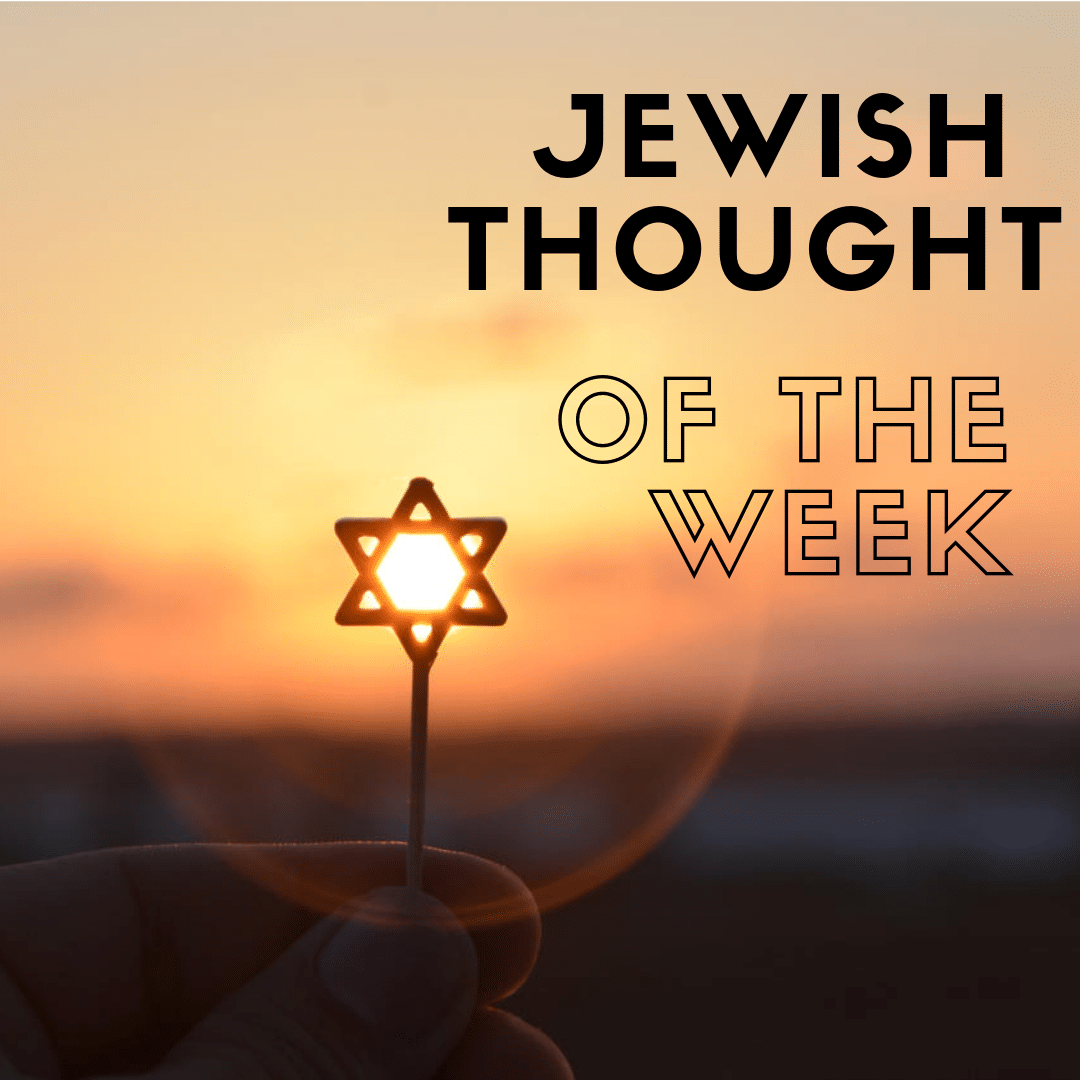By Rabbi Sharon L. Sobel
This week, I’m observing the 11th anniversary of my mother’s death, Judith R. Sobel (z’l), the 80th birthday of my dear friend and colleague, Rabbi Adam Fisher, one year of living in a global pandemic and the start of reading the book of Vayikra, the book of Leviticus. And one week from Saturday evening, we’ll begin our observance of Pesach, Passover.
I observe my mother’s yahrzeit by lighting a yizkor candle at home, and reciting kaddish with my community in the synagogue. Rabbi Fisher celebrated his birthday with friends and family online and will have a virtual aliyah to the Torah this Shabbat. We each marked the one-year anniversary of living with the pandemic in our own unique way, and some of us acknowledged it with a special service of mourning and gratitude, seeking comfort and solace, meaning and strength. We’re in the midst of planning for our second Pesach living in the midst of covid-19, searching for new ways to bring a sense of k’dosha (holiness), simcha (joy), family, connection and celebration to the festival while we are not yet able to gather as we would normally. And, last week, we chanted ‘chazak chazak v’nitzchazeik, be strong be strong and let us strengthen one another,’ as we finished reading from the book of Sh’mot on Shabbat morning and started reading from Vayikra on Shabbat afternoon.
On the surface, these events don’t appear connected. However, each of these are about rituals: rituals which we enact to unify us as a community, and to bring a level of k’dosha into our lives. Even when we celebrate as individuals, such as Rabbi Fisher’s birthday, or my mother’s yahrzeit, we do so in a communal setting.
It all begins with Torah. Torah sets the foundation for everything we do in our lives as Jews, personally, professionally, socially, politically. Leviticus gives us many of these guidelines. At first glance, Leviticus appears to be dry and uninspiring, focusing on the sacrificial system. However, when we examine Leviticus more closely, we see that its contents are quite diverse: First, the Israelites are unified into a core community, bound together by a common destiny. Their lives are to be lived as a life of “holiness” where every aspect of their lives, from their business dealings, to how they treat their enemies to taking care of their animals to how they build their houses are all bound by the sacred: “k’doshim t’hi’yu…” “Be holy, for I the Eternal Your God Am holy” (Leviticus 19:2). Next, we see that the land of Israel is granted to the Israelites as their inheritance, a place for them to live out their lives as a holy people. Third, Leviticus details many rituals, from the observance of holy days, to dietary laws, to sacrifice (which was how they prayed in ancient times). These rituals were all destined to transform the people into a holy people. The underlying principle of everything in Leviticus is “k’dosha” – holiness and community.
There’s something comforting about rituals. Whether it’s something as mundane as a bedtime routine, or the rituals of Shabbat observance which unite Jews across the world. Ritual is a way of giving voice to our values. Rituals help guide us to see the deeper meaning, feel God’s presence, even in the ordinary, and sanctify those moments.
So this week, as we begin reading Parshat Vayikra, we remind ourselves that through all the vicissitudes of life we can lift each other up, overcome challenges that cross our path, find joy and strength, resilience and comfort, community and k’dosha through the rituals we enact together and individually. Shabbat Shalom!
Rabbi Sharon L. Sobel is the Interim Senior Rabbi of Temple Beth Zion.

